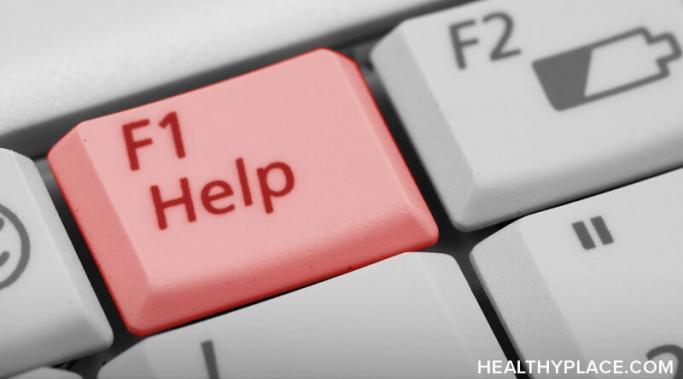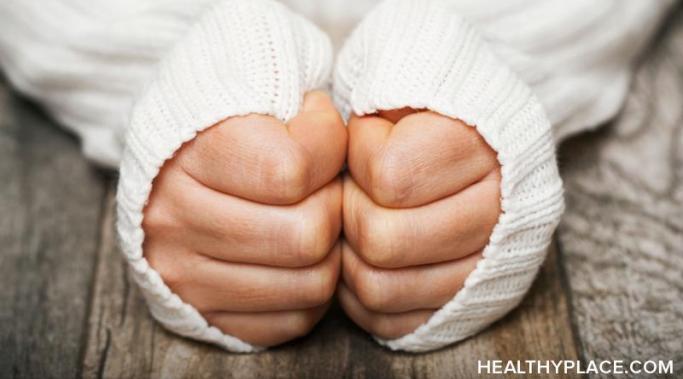Relapse is a possibility every self-harmer faces during recovery—but is it normal to miss hurting yourself once you get clean?
Self-Injury Treatment
Many of us dream of the day we are completely self-harm free. But does such a thing as a self-harm cure exist?
If you've ever asked yourself, "Why do I feel like hurting myself when I'm mad?" know that you are not alone.
When experienced in tandem, self-sabotage and self-harm can create a unique psychological trap that is difficult—but not impossible—to escape.
The road of self-injury recovery is a long and winding one, but these self-harm prevention exercises can help make it easier to stick to that road over the long run.
It's not uncommon for those who self-injure to use self-harm to regulate emotions that may be overwhelming or difficult to cope with. But it's a temporary solution, one that does more harm than good—there are better ways to process and manage your feelings.
Individually, hating yourself and hurting yourself are difficult things to cope with. Simultaneously, though, self-harm and self-hate create a vicious cycle that can be challenging to break—but doing so is vital for healing and growth.
When we talk about self-harm recovery, we like to think of it in terms of goals and milestones. We like to think of it as something measurable that we can track, a box we can tick off, or a line we can cross. But at what point do you get to claim the title of being self-harm free?
Self-injury can seem like the most accessible path to relief when other doors have been shut in your face, but self-harming to self-soothe creates a vicious cycle from which it can be difficult to disengage. Recognizing that there are other, healthier ways to feel better—ways that are still open to you—is vital to recovery.
Healing is a journey, one most of us walk for many years. It's not always an easy path to follow, but these self-harm recovery coping skills can help smooth the road ahead.









